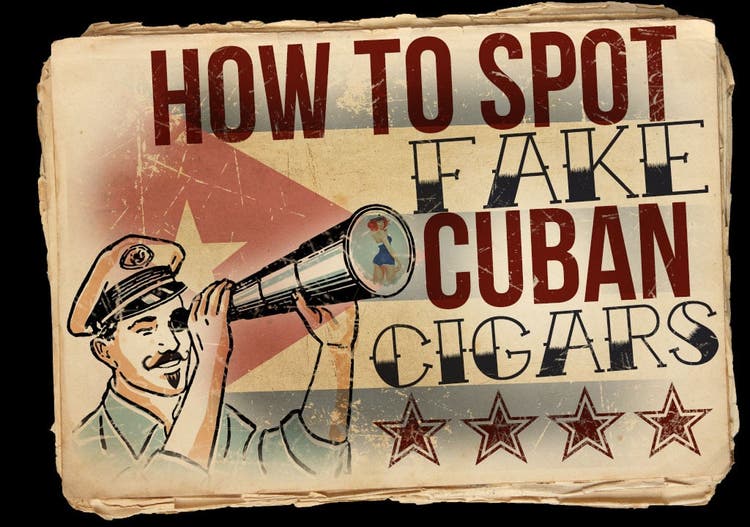
How to Spot Fake Cuban Cigars
A Cigar Smoker’s Guide to Avoiding Fake Cohibas Cigars and More
By Gary Korb
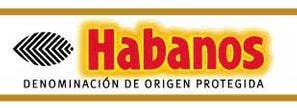
One of the questions I’m often asked by other cigar smokers is, “How do I know if I bought a box of fake Cuban cigars?” It’s a good question because, even though on October 14, 2016, the U.S. Treasury Department announced that they had removed the limits on bringing Cuban cigars and rum into the United States from Cuba and other countries, there are still plenty of counterfeit Cuban cigars to be had – or to put it another way – to be duped.
Buying Cuban cigars online is still restricted, but restrictions or not, the desire to smoke Cuban cigars continues to tug at the heartstrings of American cigar smokers. Is it because they’re still considered “forbidden fruit,” or is it that many cigar smokers believe Cuban cigars are the best? I believe it’s a combination of the two. And Havanas have never been all that cheap, either. That is, unless you’re approached by a hustler who will sell you a cheap box of so-called “Cubans” while vacationing, most likely somewhere in the Caribbean. Chances are, they’re fakes, and what’s that old saying, “A fool and his money. . .?” More on that later.
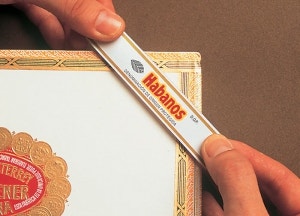
Today Cuba still produces some of the world’s best cigars, but countries like the Dominican Republic, Nicaragua and Honduras, where many Cuban tobacco-growers relocated after the Castro regime nationalized the tobacco industry in 1959, have leveled the playing field by making Cuban cigars just another option.
Don’t Do The Hustle
Despite the fact that the Dominican Republic, Nicaragua and Honduras manufacture most of the world’s best cigars these days, cigar smokers still jump at the chance to buy Cubans. Ironically, even in Havana there are almost as many counterfeit Cuban cigars as the legit smokes. The streets are filled with hustlers looking for a mark to whom they can sell a box of Cubans for way below retail. The line these hustlers use to close the sale is usually something like, “My brother works at the El Rey Del Mundo factory. . . yadda-yadda-yadda.” In some very rare cases, the cigars are the genuine article, having been snuck out of the factory, but the sucker who thinks he’s getting Montecristo, Romeo y Julieta, or Cohiba cigars is more likely getting cigars rolled with cheap tobacco that didn’t even come from said factory; they may even be machine-made cigars.
Since you’re more likely to purchase fake Cuban cigars in places such as the Caribbean, the hustle goes something like this: Some bad actor buys a bundle of cheapo cigars made in the Dominican Republic or elsewhere, sticks phony Cuban cigar bands on them, places them in a most likely counterfeited Cuban box, and sells them to a sucker for as much as he can bleed him.
In both of the aforementioned cases, the mark doesn’t realize he’s been ripped-off until he lights-up one of his prized purchases, or tries to share one with a cigar smoker who knows the difference. Presuming the mark is an experienced cigar smoker, he’ll be even more livid that he allowed himself to be suckered. But enough about the hustle; let’s get to the heart of how to spot fake Cuban cigars.
Check the packaging
If the packaging looks suspicious, the contents probably are, too. Familiarize yourself on how Cuban cigars are packaged, and you greatly reduce the chances of being ripped-off. For example, the popular Cuban brands like Cohiba, Partagas, Punch, Hoyo de Monterrey, Romeo y Julieta, Montecristo, et al., all feature the “Habanos S.A.” seal on the top right-hand corner of the box. No box of Cuban cigars leaves the country without it.
You also want to make sure the box has the Cuban warranty seal of authenticity on the left side of the box. This is the familiar seal you see on all boxes of handmade cigars from Central America. They look a little like paper money and printed in different colors. Of course, just about anything printed on paper can be reproduced, and with today’s technology, it takes a really well-trained eye to tell the difference. To help prevent this, in 2010 Habanos S.A. designed a new seal using watermarks, a super-strong adhesive, a hologram on the right side of the seal, and a bar code on the left.

If the hustlers are going through the trouble of counterfeiting the seals, you can bet the bands have also been faked. A reader of mine once sent me a box of counterfeit Arturo Fuente cigars and it was obvious the bands had been cheaply printed, most likely on a laser printer. Even the box was wrong, which I’ll get to shortly. Although many fake Cuban cigar bands may look authentic – and in some rare cases are – it’s not unusual to find bands with spelling errors, poor alignment, the wrong color and/or typeface, missing embossing, and in the case of fake Cohiba cigars, the wrong size or number of white squares on the band. The band is often the first place your eyes will go, so the more familiar you are with the genuine bands and their specific attributes, the sooner you’ll know how to spot fake Cuban cigars.
A great example of how Cuba has dealt with preventing the counterfeiting of bands can be found on the Cohiba Behike cigars. Cohiba has been using a security hologram band featuring the head of an Indian since 2010, but in 2014 they added additional data that allows consumers to identify the original brand from any country in the world, while also providing information on the distributor and bill number, among other details.
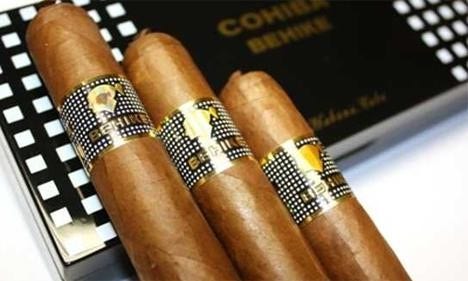
Now, about that box of fake Arturo Fuente cigars. It had a sliding glass top. Some fake Cohibas are presented this way, too. The fact is, the Cuban cigar industry doesn’t make cigar boxes with glass or even clear plastic tops. If someone tries to sell you a box of Cubans with a glass top, that alone should be a red flag.
One of the most important areas of the box to check is the bottom. A genuine box of Cuban cigars should have all of the following five attributes:
Not unlike counterfeit cigar bands, the bottom of the box may be missing some of this key information; it could have typos, and may even be printed with different fonts.
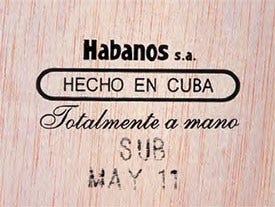
Know your prices
Pricing can also be a tip-off to spotting fake Cuban cigars. If the price sounds too good to be true, it probably is. So get to know the relative prices on the top Cuban brands, especially the ones that are most often counterfeited like Cohiba Edición Limitadas, Cohiba Behike’s, Montecristo No.2’s, and Partagas Serie D No.4’s, among others. If someone tries to sell you a $300 box of Cubans for $50 or even $100, odds are they’re not the genuine article.
Know your Cuban Cigars
Unless you’ve actually smoked a good number of genuine Cuban cigars it’s easy to be fooled, especially if the counterfeiter got everything right but the cigars. So what can you do? There are certain attributes about Cuban cigars that differentiate them from non-Cubans. First, the feel and look of the cigar. Cuban wrappers tend to be naturally oily with a smooth, buttery appearance and entirely even in color. The veins should be very fine or barely visible. With the exception of figurados like Pyramids and Torpedoes, the caps are often more flat than round, and always tripled seamed. The foot should be a perfectly straight, clean cut. When smoked, the ashes tend to be entirely grey and devoid of any black fragments. True, a lot of cigars made outside of Cuba many of these same attributes, but if your Cuban cigars are missing all or most of these attributes, they’re most likely not of Cuban origin.
Suffice it to say: Caveat emptor mi amigos.
If you want to learn more about fake Cuban cigars, you can also read this article with two personal stories from folks who got swindled in their quest for Cuban cigars.
(Author’s Note: This article was updated in May, 2017. – G.K.)